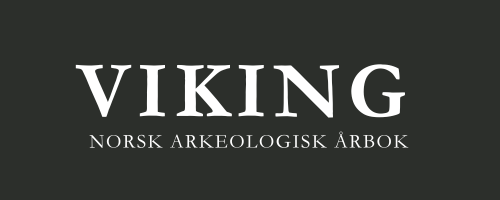Weaving Textiles: Textile Consumption for Travel and Warfare
DOI:
https://doi.org/10.5617/viking.9053Abstract
Textile research has demonstrated that new types of textiles were introduced to Scandinavia
in the latter part of the Scandinavian Iron Age (AD 700–900). The archaeology of the period
displays an increased number of textile tools, and large concentrations of pit houses dedicated
to textile production. This era also saw the introduction of sails to Scandinavia, which
is one of the obvious reasons for textiles and textile production becoming such an important
part of Viking Age society. However, hitherto the value of the textiles has mostly been
ignored, and its impact rarely discussed in research. This article will attempt to remedy this
and poses important questions, such as: what was the economic value of the textiles needed
for travel and warfare, and what was the value of the textiles used on a journey? In the article,
the 10th century Ladby ship from Fyn in Denmark, is used to exemplify the demands and
economic value of all textiles of one single ship, on one journey. I will use an interdisciplinary
approach, including analyses of archaeological textiles; iconography; and early medieval
texts. The aim of this novel method is to highlight the importance of textiles. It will also
explore how journeys under sail and warfare contributed to the increased consumption of
textiles.
Downloads
Published
Issue
Section
License
Fra og med årgang 2016 er innhold i tidsskriftet Viking - dersom ikke annet er uttrykt - lisensiert gjennom Creative Commons Lisens BY-NC-ND-4.0. Dette betyr at innhold kan kopieres, distribueres og spres i hvilket som helst medium eller format, så lenge disse vilkårene er fulgt.



